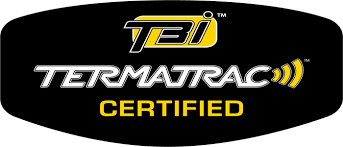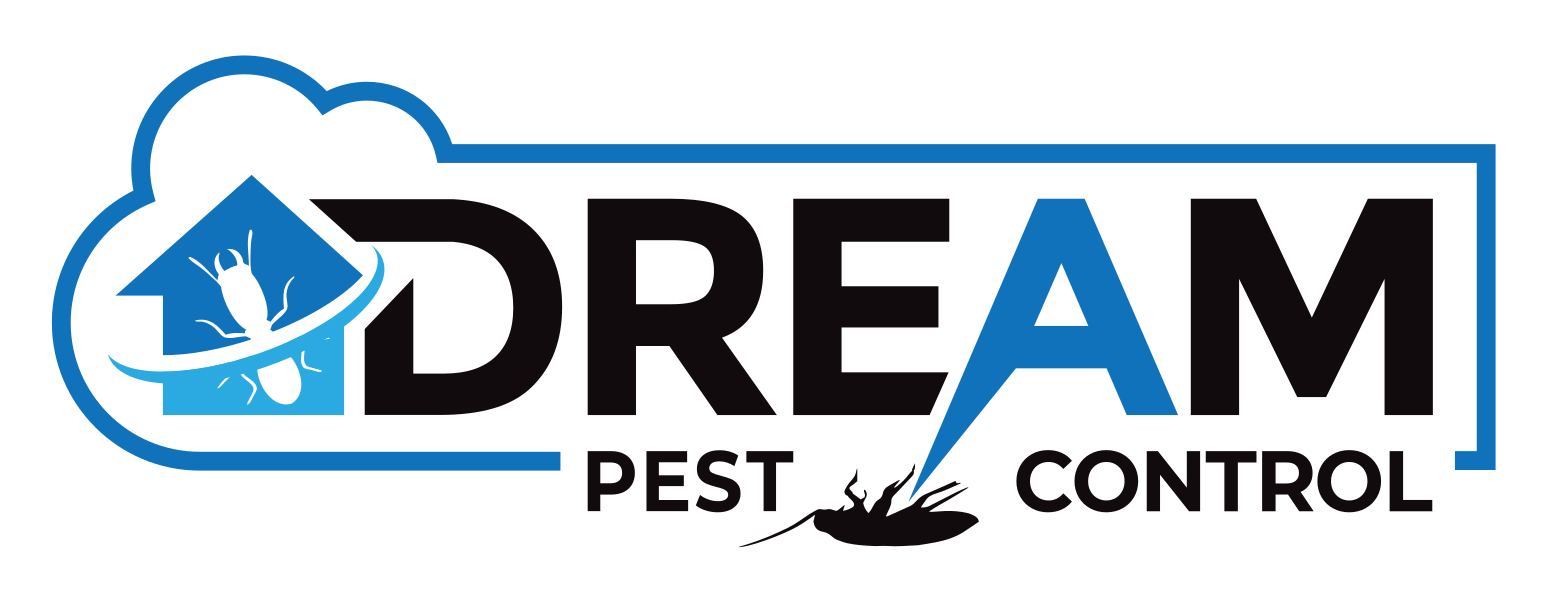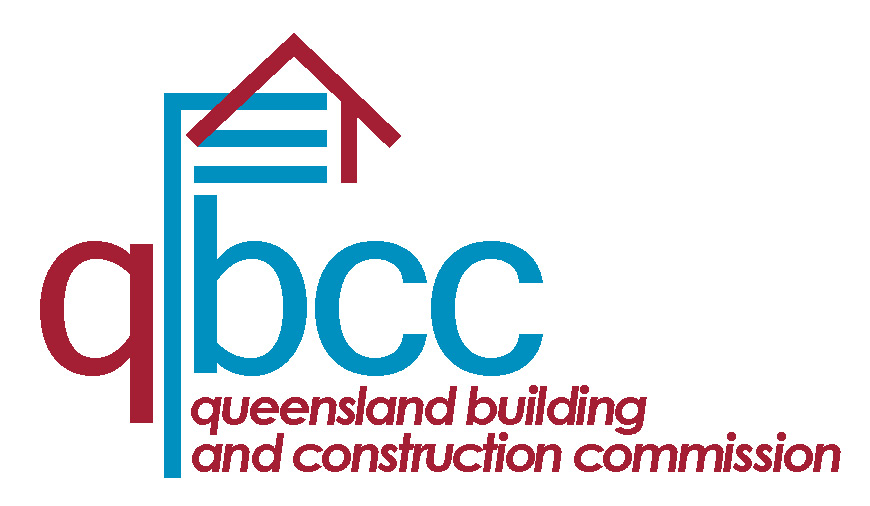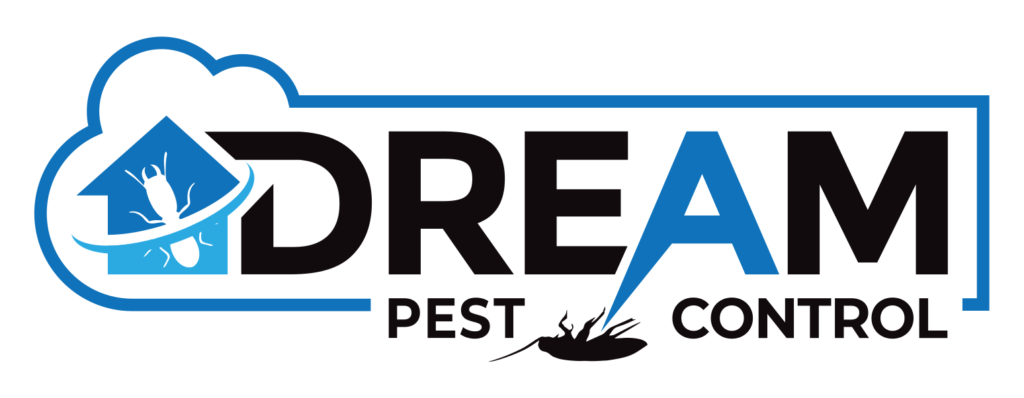Termite Specialist
With my specialised termite pest control service, I ensure your home remains safe and termite-free. My expertise allows me to provide thorough inspections, advanced detection, and effective treatments, safeguarding your property from these hidden pests.
- Termite Inspections
- Radar Detection
- Thermal Imaging
- Termite Management
- Chemical & Baiting Systems


Certified Termatrac T3i Inspector

As a certified Termatrac T3i Inspector, I specialise in providing termite detection services that exceed industry standards to residential and commercial clients.
Termatrac is a cutting-edge technology that uses radar, moisture, and thermal sensors to detect termite activity in and around your property. This innovative device allows me to identify termite infestations accurately, without causing any damage to your property.
Contact me about Termite Treatments
For a FREE Quote!
Specialised treatments to protect your property from termites
Some feedback from my happy customers…
EXCELLENTTrustindex verifies that the original source of the review is Google. Liam was a complete professional. We have used his pest spraying services over the years and have been pest free. Always on time and good value.Trustindex verifies that the original source of the review is Google. Liam is very knowledgeable and professional. his so good that we've had his service on 2 of our properties! highly recommend :) The pest inspection report was so detailed and helped us a lot 😃 thank youTrustindex verifies that the original source of the review is Google. Liam was prompt, professional and explained everything I was required to know in a clear and efficient manner. We will continue to use Liam and Dream Pest Control for our termite and pest control matters.Trustindex verifies that the original source of the review is Google. Liam from Dream Pest Control provided an excellent service. I have used this service 3 times now and was 100% satisfied each time. I had the exterior and interior done and was so pleased with the outcome. I have recommended Dream Pest Control to my friends who have used the service and have been extremely happy with outcome also. Thank you so much Liam I will for sure use your service going forward and will recommend Dream Pest Control for a fantastic service.Trustindex verifies that the original source of the review is Google. I recently used Dream Pest Controls services at my property & I am very impressed to say the least. Liam was on time, very friendly, thorough, knowledgeable & professional. I would highly recommend Dream Pest Control for any services you may need. Thanks again Liam. :)Trustindex verifies that the original source of the review is Google. Just had Liam from Dream Pest Control come over for a termite inspection at my place, and man, I'm super happy! He was on time, real friendly, and knows his stuff. Liam's awesome service and quick response made everything so easy. After his thorough check, I'm sure my home's termite-free now. I've found a reliable pest control guy for any future needs. If you need termite inspection or other pest stuff sorted, don't hesitate to call Dream Pest Control. You won't be disapointed!Trustindex verifies that the original source of the review is Google. I recently used Dream pest control to do a flea spray upon vacating my rental and a general pest spray for my new home. Liam provided a very efficient, thorough, friendly service & we will be sure to use his services again in the future. Thanks again Liam! :)Trustindex verifies that the original source of the review is Google. Liam completed a termite inspection at our house. He was very thorough, and clearly knowledgeable and skilled. He listened carefully and answered any questions I had. I would highly recommend Liam for any pest issues and we will be using his services again.
Termites in South East Queensland
Subterranean termites are a common pest in South East Queensland and pose a significant risk to homes in the area. These social insects live in large colonies, which are organised into a caste system. The worker caste is responsible for foraging for food, constructing tunnels, and taking care of the colony, while the soldiers protect the colony from predators. The reproductive caste is responsible for producing new termites and expanding the colony.
These termites live underground in large colonies and feed on wood, They are able to enter homes through tiny cracks and gaps in the foundation, and can quickly spread throughout a building, causing extensive damage to wooden structures.
Termites are particularly active during the warmer months and are attracted to moist environments. This makes homes in South East Queensland particularly vulnerable, as the region’s humid climate provides an ideal breeding ground for termites. If left unchecked, a termite infestation can cause significant damage to a home’s foundation, walls, and other wooden structures, resulting in expensive repairs and potential safety hazards.
It is important for homeowners in South East Queensland to be aware of the risk of termite infestations and take appropriate steps to protect their homes from these pests. Regular inspections at least every 12 months and treatment by pest control professionals can help prevent serious damage and protect the value of a property.
What to do if you find Termites?
If you suspect a termite infestation in your home, it’s important to act quickly to prevent further damage. However, disturbing the termites could cause them to scatter, making it more difficult to eradicate the infestation. The best course of action is to contact a qualified pest control professional for an inspection and treatment plan. They will be able to identify the type of termite and assess the extent of the infestation, and provide an effective treatment plan to eradicate the termites.
To reduce the risk of future infestations, it’s recommended to take preventative measures, such as regular termite inspections and repairing any leaks or moisture issues in your home. Remember, termites can cause significant damage to your property if left untreated, so it’s important to take action as soon as you suspect an infestation to minimise the potential for damage and protect your home.
Coptotermes sp.
The most common and destructive species of termite in South East Queensland are Coptotermes. They are known as one of the most destructive species of termites found in South East Queensland for their ability to cause significant damage to timber structures, including homes and buildings.
Coptotermes termites typically build their nests underground, although they can also establish satellite nests in root systems and lower trunks of trees, stumps, and other wooden structures. The nests are often difficult to detect, as they are hidden underground or within the wooden structure. They generally enter homes through small concealed cracks and gaps in the foundation or walls, or through soil-filled subfloor areas, or by building mud tubes up the side of a foundation.
The nests can be very large, containing millions of termites, and typically forage for food within 50 to 100 meters of their nest. The soldiers can be identified easily due to a distinctive white colour secretion on their heads, which they use as a defence to repel predators and other threats. The secretion contains toxins that can irritate or harm predators.
Schedorhinotermes sp.
Another species of termite to be aware of are Schedorhinotermes. They are most known for having major and minor soldiers within their colonies. Major soldiers are larger and have bigger mandibles than minor soldiers, and they are responsible for defending the colony against predators. Minor soldiers are smaller and are responsible for performing other tasks within the colony, such as caring for the young.
Schedorhinotermes typically nest in the crown of trees, stumps, under wood piles etc. While considered not as destructive as Coptotermes, they can still cause significant damage to timber framing and roof trusses within homes and should be treated if found.
Heterotermes sp.
Heterotermes termites are a common termite species found in the region and although they are not considered as destructive as Coptotermes or Schedorhinotermes, they can still cause significant damage to the wooden structures of homes.
Heterotermes termites are relatively small, measuring around 4-5mm in length, with pale or yellowish-brown bodies. Their heads are elongated and curved downwards, and they have straight, dark antennae.
Nasutitermes sp.
Nasutitermes termites are easily recognised by their unique ability to construct large, elaborate mounds that can reach several meters high. These mound structures are complex and can contain multiple chambers and tunnels, providing protection from predators and regulating temperature and humidity levels within the colony. Made from soil, saliva, and fecal matter, these mounds serve as the central nest for the termite colony.
Nasutitermes termites are typically smaller than other termite species, with light brown or white bodies that are approximately 3-6mm in length. They are also characterised by a distinctive “nasus,” or pointed snout, which is used for defence and foraging purposes. While Nasutitermes termites are not considered as destructive as some other termite species, they can still cause damage to homes and other wooden structures. Their feeding habits can weaken wooden supports, leading to structural issues over time.
Contact me about Termite Treatments
For a FREE Quote!
Specialised treatments to protect your property from termites





